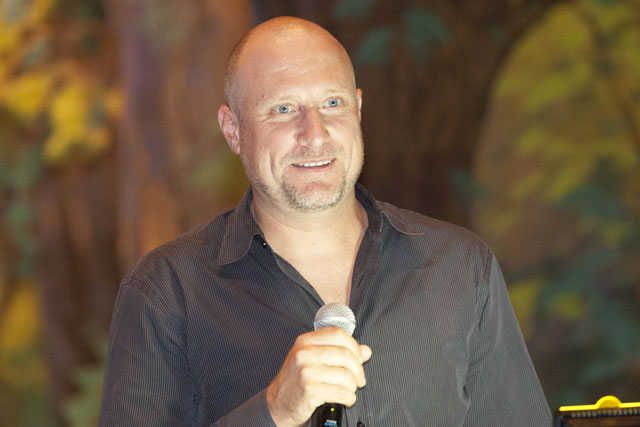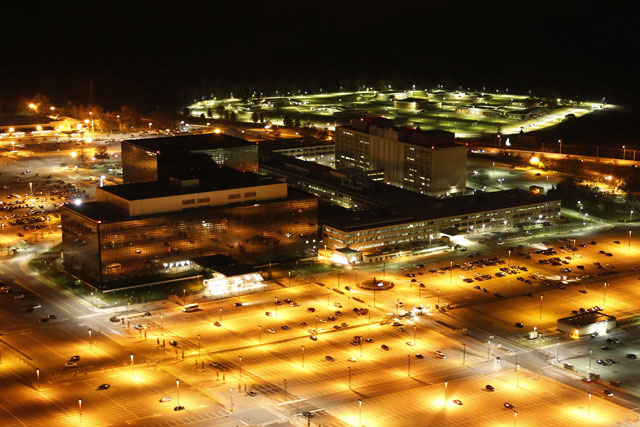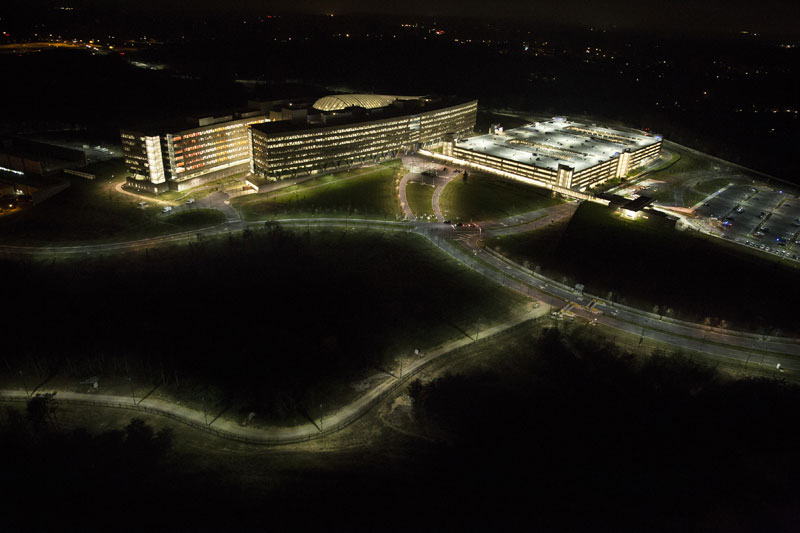Last week San Francisco-based Electronic Frontier Foundation (EFF), a nonprofit focused on defending civil liberties in the digital domain, hosted its annual Pioneer Awards to recognize leaders who are “extending freedom and innovation in the realm of information technology.” Many key figures in digital enterprise have been recognized, including late digital rights activist Aaron Swartz and journalists Glenn Greenwald and Laura Poitras. This year’s winners include Guatemalan labor and human rights lawyer Frank La Rue, U. S. Representative Zoe Lofgren, as well as artist Trevor Paglen. It is the first time a visual artist has received the award and it signifies a cultural shift in recognizing the importance of artists in defending civil liberties.
On hand to deliver the keynote were Jacques Servin and Igor Vamos, artists and culture jammers otherwise known as The Yes Men, widely recognized for employing tactical media to draw greater attention to important issues, often by disseminating false information via the press to complicate discussions around social politics and environmental concerns. In 2009 they spoofed the U. S. Chamber of Commerce and announced an about-face on climate change — it was widely reported as legitimate news by CNN and Fox News, among other media outlets, before it was revealed to be a hoax.
Within a matter of weeks, the Chamber announced a change in policy, while denying any influence of The Yes Men’s stunt. It later also launched a protracted lawsuit against The Yes Men, who were defended by EFF until the suit was dropped in 2013. During the keynote, Servin said of the lawsuit, “It was nerve wracking, but the EFF is excited about this kind of thing. They are one of the very few organizations in the world who put themselves out there and advance the cause of law.” In conclusion, Servin and Vamos announced the recent launch of Action Switchboard, an online platform to cultivate action by linking creative activists with a network of support.

In the address that preceded Paglen’s award, EFF senior designer Hugh D’Andrade talked about the challenge to describe the artist’s practice. (“Do we call him a secrecy artist?’ Or a surveillance artist? We settled on calling him a counter-surveillance artist.”) Paglen’s work engages photography, journalism and geography to explore the boundaries of public access to secret government operations and publicly funded surveillance programs. He is the author of multiple books and has exhibited his artwork around the world, and beyond — as wild as that sounds. (In 2012, I wrote about a project he developed for outer space.) He recently photographed the headquarters of three secret government agencies, including the NSA, and released the images open source in the digital domain to encourage the public to engage with the government agencies that conceal so much from view.


In his introduction, D’Andrade reflected on a conversation with Paglen earlier this year and quoted him as saying, “Secret stuff is made out of the same stuff that the regular non-secret world is made out of,” and noted that this simple observation is one of the great advantages of having an artist on their team of lawyers, activists, and technologies, and why more artists are needed to work on difficult social problems. “Sometimes it takes that type of visionary to cut through and to see the world in a new way.”


